We live in an era of endless prescriptions and instant fixes. Anxiety medication is handed out like candy. Sleep problems are managed with another pill. Inflammation? Take an anti-inflammatory. Depression? Another prescription.
And yet — we’ve never been sicker, more anxious, or more disconnected from our natural state of balance.
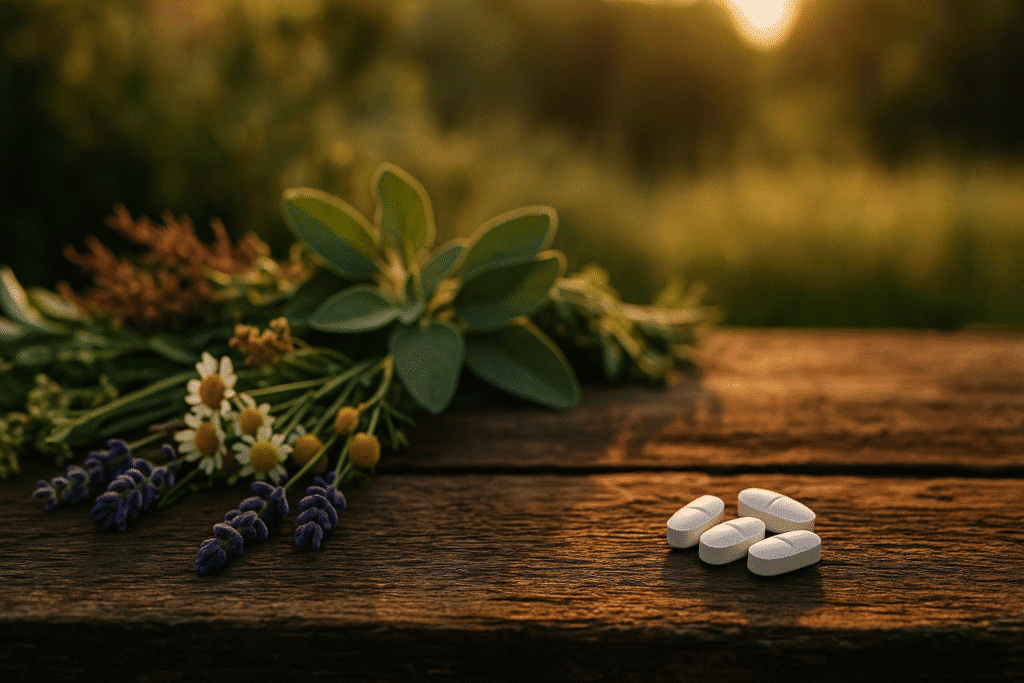
What if the answers we’re chasing in pharmacies were already discovered thousands of years ago — in the roots, leaves, and flowers growing in the soil beneath our feet?
Before synthetic drugs existed, every culture on Earth used herbs as medicine. And these weren’t fringe ideas — they were the foundation of healing.
Today, science is slowly rediscovering what ancient traditions always knew: plants don’t just mask symptoms. They help restore balance to the entire system — mind, body, and spirit.
Healing Before the Prescription Pad
Every ancient civilization had its own medical system — built on nature, observation, and intuition.
- Egyptians were brewing chamomile tea for anxiety and sleep over 3,000 years ago. They used blue lotus as a sacred plant for mood and relaxation — their version of natural dopamine regulation.
- Ayurveda, one of the world’s oldest health systems, prescribed herbs like ashwagandha, holy basil, and shilajit to balance the body’s stress response and promote longevity.
- Traditional Chinese Medicine (TCM) mapped energy pathways (meridians) and used plants like ginseng, licorice root, and rhodiola to harmonize “qi,” the body’s life force — essentially describing homeostasis long before the word existed.
- Native American healers turned to kava, sage, willow bark, and sweetgrass to ease anxiety, pain, and spiritual imbalance. These weren’t quick fixes — they were rituals of reconnection.
Herbal medicine was always about restoring rhythm, not suppressing symptoms. Healing came through alignment with nature — not fighting it.
The Pharmaceutical Shift
Everything changed in the early 1900s when medicine went industrial.
Petrochemical companies discovered they could synthesize plant compounds in a lab — cheaper, faster, and more patentable. Funding from industrialists like Rockefeller pushed medical schools toward chemical-based pharmacology, while herbalism and homeopathy were quietly sidelined as “unscientific.”
What followed was a century-long shift:
- Natural medicine became “alternative.”
- Prescriptions became “healthcare.”
- And the human nervous system became collateral damage.
Today, nearly 1 in 4 adults in the U.S. takes some form of psychiatric medication. Yet rates of anxiety and depression continue to climb every year.
Maybe we’re not deficient in serotonin — maybe we’re deficient in connection, rhythm, and the chemistry that nature already gave us.
The Science of Calm: What Modern Research Is Re-Proving
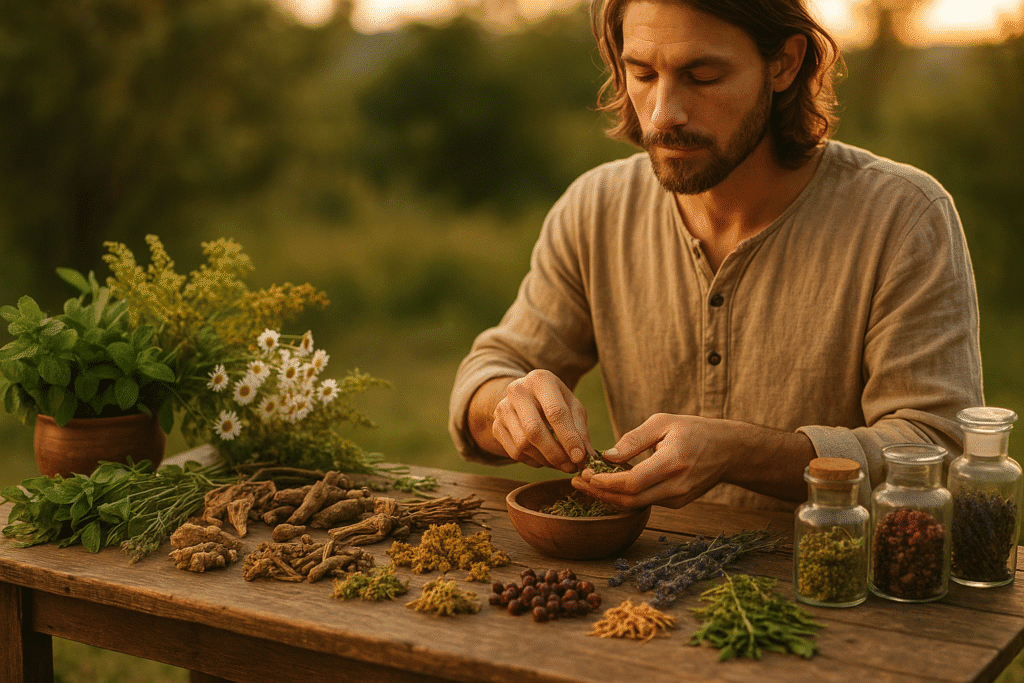
Here’s where things get interesting. Modern research is finally validating the same herbs that ancient healers used for centuries.
Ashwagandha
Known as the “strength of the stallion” in Ayurveda, ashwagandha helps regulate cortisol, reduce anxiety, and improve sleep quality. Studies show it lowers stress hormones and improves cognitive performance in chronically stressed adults.
Rhodiola Rosea
Used by Vikings and Chinese monks alike, this herb enhances endurance, focus, and stress resistance. It acts as an adaptogen — meaning it helps your body adapt to physical and emotional stress without overstimulation or sedation.
Chamomile
More than just a bedtime tea. Clinical studies have shown chamomile extract significantly reduces symptoms of generalized anxiety disorder (GAD), likely through modulation of GABA receptors — the same calming pathway targeted by anti-anxiety medications.
Holy Basil (Tulsi)
Revered in India as a sacred plant, Tulsi is known to reduce stress, stabilize blood sugar, and strengthen the immune system. It’s also one of the few herbs proven to support both mood and metabolic balance.
Kava
From the South Pacific, kava has been used for centuries to induce calm and social ease without impairing cognition. It increases GABA activity naturally — offering an alternative to prescription tranquilizers without dependency risk when used responsibly.
Science is confirming what intuition once taught: nature already designed compounds to interact with our neurochemistry — we just forgot how to listen.
These are my favorite brands for herbal supplements, tinctures, and teas:
- Barlowes Herbal Elixers – the BEST high-quality herbal supplement brand for me.
- Sports Research – highly tested and trusted brand based on simplicity
- Himalaya Store – based in India and sells high-potency ayurvedic herbs.
Why Herbs Work Differently
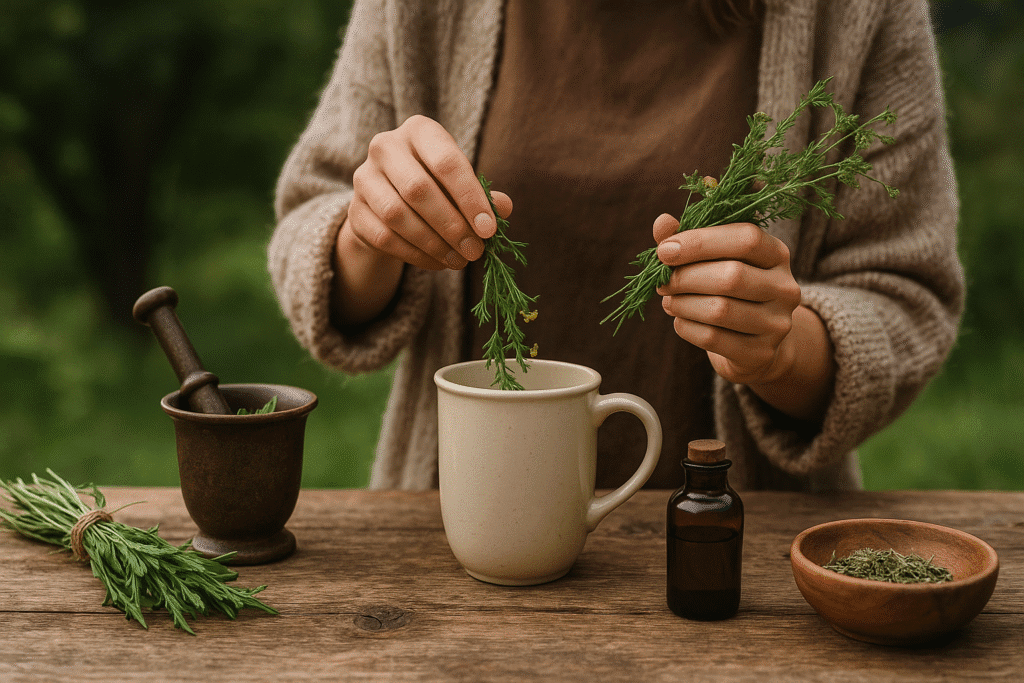
Pharmaceuticals usually isolate a single molecule to target one symptom. The result?
Short-term relief, long-term imbalance.
Herbs, on the other hand, contain hundreds of compounds that work in synergy. They don’t “force” a pathway — they nudge the body back into alignment.
This is why adaptogens like ashwagandha or rhodiola can both energize and calm — depending on what your body needs. They modulate, not dominate.
And because these plants work through systems like the HPA axis (stress regulation) and gut-brain axis, their effects ripple through multiple organs — improving mood, digestion, sleep, and immune resilience simultaneously.
It’s whole-body medicine for a whole-body problem.
Physical Healing Beyond the Mind
The same herbs that regulate mood also support physical health in powerful ways.
- Ashwagandha reduces inflammation and may increase testosterone and muscle recovery.
- Tulsi and Rhodiola have antioxidant properties that protect mitochondria from stress-induced damage.
- Chamomile has mild pain-relieving and anti-spasmodic effects, useful for digestion and PMS.
- Kava and licorice root show potential benefits in reducing inflammation and supporting adrenal recovery.
These aren’t isolated effects. When your nervous system calms down, your body stops running in survival mode. Inflammation drops. Digestion improves. Hormones rebalance.
You can’t separate mental health from physical health — the body doesn’t work that way.
Blending Ancient Wisdom With Modern Life
You don’t need to renounce modern medicine — but you can use ancient principles to restore balance naturally.
Start simple:
- Swap coffee for Tulsi or Rhodiola tea a few days a week.
- Add Ashwagandha powder to warm milk before bed.
- Diffuse chamomile or sage essential oils when anxious.
- Try Kava tincture in the evening instead of alcohol.
And more importantly — slow down.
Sunlight, real food, deep breathing, and connection are the original medicine. Herbs amplify those foundations; they don’t replace them.
My Stance: Food Is the Foundation, Herbs Are the Support
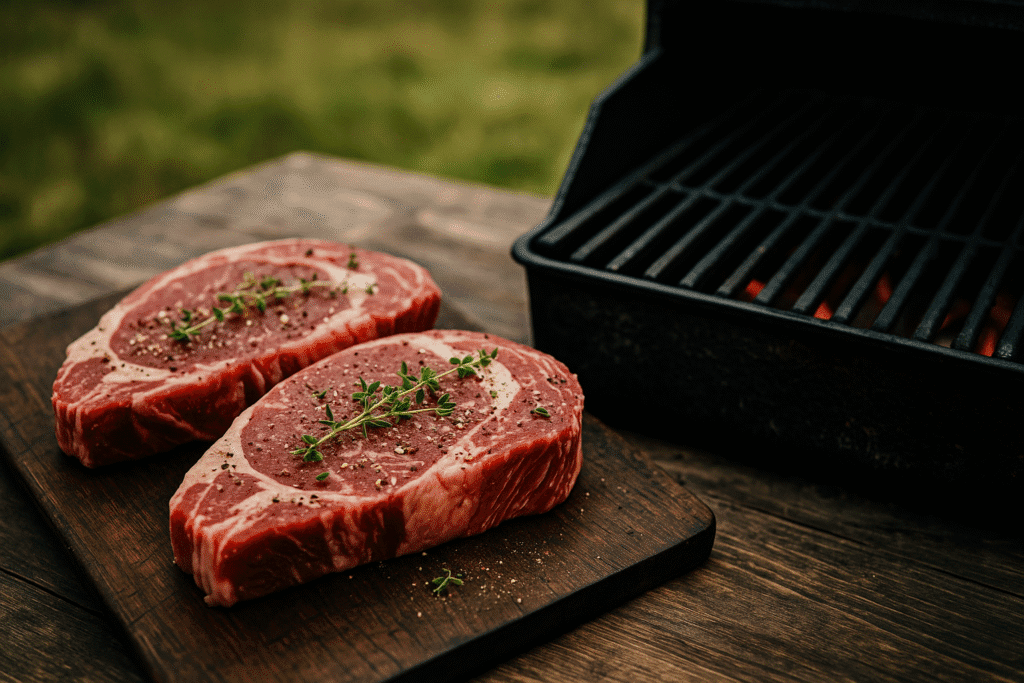
I personally believe that eating ancestrally — primarily animal-based — is the foundation of real health.
Organ meats, raw dairy, pastured eggs, and wild-caught seafood give us the nutrients our bodies were designed for. That’s how you rebuild hormones, gut health, and energy at the core.
But herbs still have their place — not as food, but as medicine.
Used correctly, herbs are tools that complement an ancestral diet. They help regulate the nervous system, support digestion, and bring balance when stress, travel, or modern chaos throw you off.
They’re not replacements for nourishment — they’re nature’s fine-tuning instruments.
You don’t need to choose between plants and meat. You just need to understand what role each one plays.
Food builds you. Herbs balance you.
The Bigger Truth
We’ve become conditioned to treat our bodies like broken machines — patching each system with a pill. But healing was never meant to be transactional.
When you study ancient medicine, you start to see a pattern: every culture understood that the mind, body, and spirit are one system. Anxiety, inflammation, and burnout weren’t random diseases — they were signs of disconnection.
The good news? You can reconnect anytime.
It starts with awareness, simplicity, and trust in the intelligence of nature.
Herbs remind us that healing doesn’t need to come from a lab. Sometimes it grows quietly in your backyard.
Some of the links in this post are affiliate links, which means I may earn a small commission if you choose to purchase through them — at no extra cost to you. I only share products I genuinely use and trust.
Leave a Reply